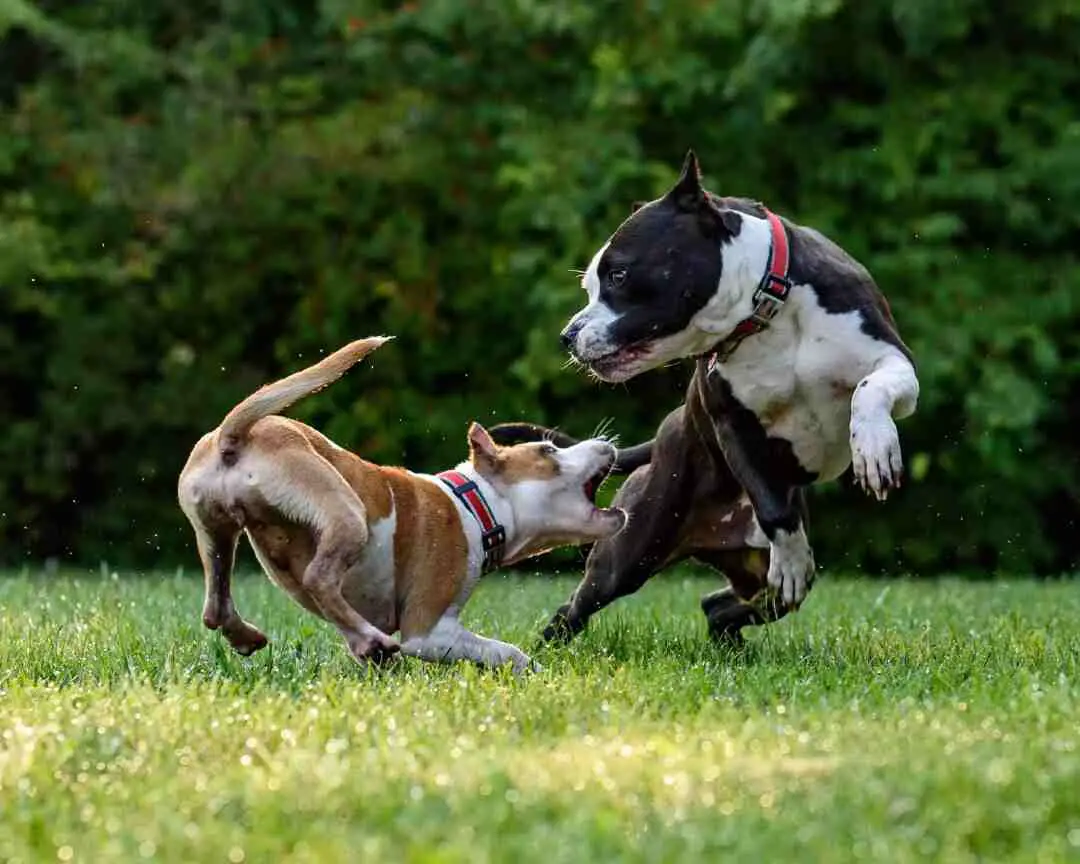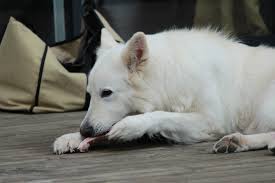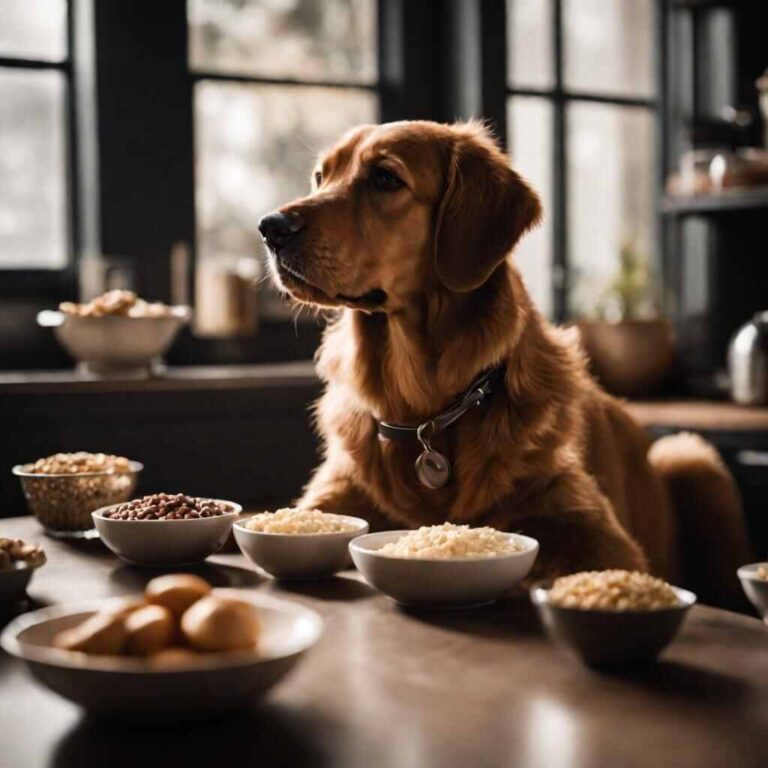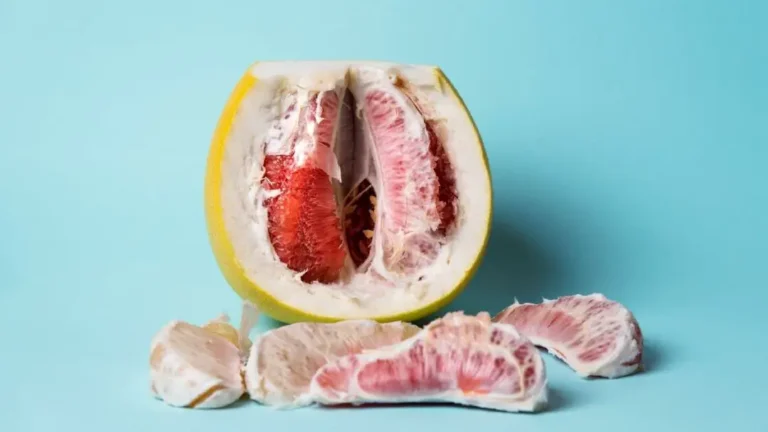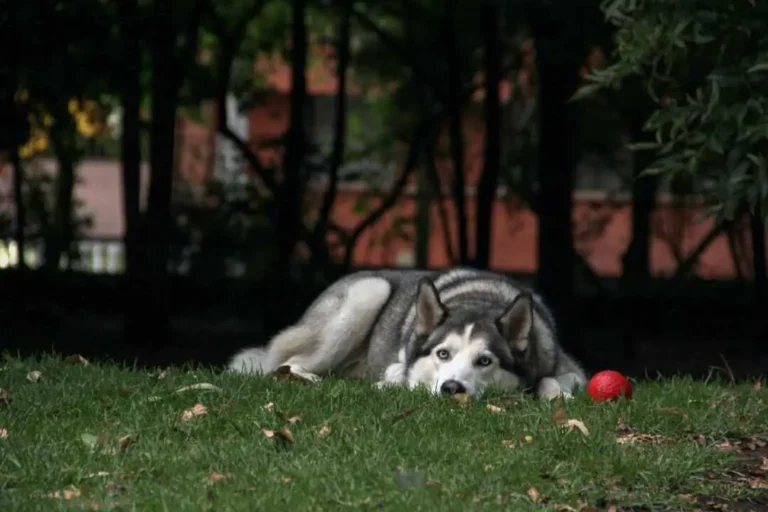Can Dogs Eat Peanut Butter?
As a dog parent, it is quite natural that you may have questions regarding feeding peanut butter to your pet. People commonly ask us can dogs eat peanut butter? Is peanut butter good or bad for our dog? can dogs eat crunchy peanut butter? If yes, how much peanut butter can my dog eat and what peanut butter is safe for dogs? Can puppies eat peanut butter? We understand your concerns and let us address them.
Can dogs eat peanut butter?
Yes, your dogs can have peanut butter as a treat without any Xylitol in it. But here are few things that you should know before you treat your pet. You need to know about Xylitol in peanut butter and its effects. Be aware of your pet’s medical conditions before you treat them with peanut butter. You should also know the 10% rule to understand how much peanut butter your dog can have.
Dogs love peanut butter and Peanut butter is a great high value treat for your pet. People generally use peanut butter as a distraction to give medicines and even a bath to your pet. Peanut butter can be a good play time friend to your dog. But remember that not all peanut butter brands are good for dogs because many undesirable components may be present.
How much peanut butter can dogs have
Peanut butter has high portions of proteins and fats. To be precise A 2-Tbsp serving of peanut butter has 188 calories, 8 g protein and 16 g total fat. because of the caloric content, little is more for dogs as far as peanut butter is concerned.
There are 2 best ways to determine how much peanut butter a dog can have. The first and the most recommended one is to consult your vet. So you need to consider this option if your dog has medical conditions like overweight, diabetes, or food sensitivity issues. The second and most commonly used is the 10% rule.
The 10% rule to treat your dogs
The second and most common method to determine how much peanut butter you can give your dog is the 10% rule. Treats should only make up to 10% of your dog’s daily calories. S0 simply track the calories intake of your dog and make sure peanut butter doesn’t make more than 10% of their calories intake. So plan your dog’s favorite treats one at a time to ensure the 10%rule.
In general terms, the amount of peanut butter your dogs can have can be summarised as below
- ½ teaspoon for a small dog, twice per day as a maximum amount.
- 1 teaspoon for a medium or large dog, twice per day as a maximum amount.
These dogs should avoid peanut butter
If your dogs have any of these medical conditions, it is advisable to keep them away from peanut butter. But if you still wish to treat them with peanut butter, consult a vet before you proceed.
- Overweight dogs: Peanut butter contains fat, so isn’t ideal for dogs that are or should be on a diet
- Dogs with kidney problems: Peanut butter may have a high salt content; this isn’t good for dogs with kidney issues.
- Dogs in special diets: If your dog is sensitive to some foods or has been put on a special diet to keep them healthy, it is best not to deviate from their usual diet.
- Dogs allergic to peanuts: if your dogs are allergic to peanuts, keep them away from this luscious treat.
Xylitol in peanut butter
Xylitol is commonly used as a sugar replacement sweetener in hundreds of products, including some brands of peanut butter. The sugar alcohol Xylitol can be a great friend for humans but are poisonous for dogs. Because awareness about Xylitol is increasing in recent days, Many brands are withdrawing the use of Xylitol. So verifying Xylitol in peanut butter before feeding peanut butter to your furry friend is advised.
Effects of Xylitol ingestion in dogs
If a dog consumes a product containing xylitol, it can experience a rapid drop in blood sugar. Low blood sugar, also called hypoglycemia, causes confusion, stumbling and lethargy (excessive sleepiness and depression). Vomiting and diarrhea are common symptoms of xylitol consumption in dogs. Xylitol also causes seizures, liver failure, and if not treated, it can be fatal.
Your dog may experience seizures within 30 minutes of consuming xylitol. Other symptoms like vomiting and diarrhea etc can be observed within 8 hours of xylitol consumption. Even a very small amount of xylitol can be fatal for a small-breed dog. So make sure you feed your pup with xylitol free products.
What peanut butter is safe for dogs
With the knowledge that peanut butter may have xylitol in them and that xylitol is harmful to dogs, choose a peanut butter with zero xylitol content. So be it a human grade peanut butter or the one from a pet shop, read ingredient labels before you treat your dog.
lookout for the combination of the letters “xyl” in any ingredient in peanut butter. Because the letters “xyl” is a synonym for xylitol, look for them in ingredients carefully. Some examples of ingredients containing xylitol includes 1, 4-Anhydro-D-xylitol, xylite, anhydroxylitol, D-xylitol, and xylitylglucoside.
The best way to treat your dog or pup is to treat them with homemade peanut butter. Because this way, you can rest assured that your dogs are safe from Xylitol and some other harmful toxins in peanut butter.
Some cautions on peanut butter
Here are few other cautions you should know before you buy and feed peanut butter to your dog. But don’t get scared with the list because they are just the worst case scenarios you should know. You can treat your dogs with peanut butter in the right amount and with the right choice. So to make the right choice of peanut butter, these artifacts can help you.
1.Aflatoxins in peanut butter
Aflatoxins are naturally occurring mycotoxins produced by a fungus called Aspergillus. Natural peanuts rarely have a fungus on them called Aspergillus flavus and Aspergillus parasiticus, the fungus that produces the aflatoxins. Aflatoxins are known to create cancer so stay away from them.
2.Harmful fats in peanut butter
Trans fats are a result of the hydrogenation process that gives foods longer shelf life. These fats are very harmful and are known to create diabetes and heart diseases in dogs. So check for hydrogenated or partially hydrogenated oils in the ingredients labels under trans fats when you buy peanut butter.
3.Unbalanced fats in peanut butter
Peanuts are high in good monounsaturated fats but their ratio of Omega-6 to Omega-3 fats is unbalanced. The fats ratio of one cup of peanuts is 35578 mg of omega-6 fatty acids and only 196 mg of omega-3 fats. Unbalanced fats can cause inflammations in dogs. Common inflammations include allergies and joint diseases.
4.Lectins in peanut butter
Peanuts are high in lectins. Lectins can create inflammation in dogs and pups. Lectins may cause food intolerance, allergies, itchy skin, arthritis, inflammation in toes, joints, hips and even systemic inflammation including the lining of the aorta or the heart itself.
Can peanuts cause allergies in dogs?
It is rare, but nuts can cause some allergic reactions in your dogs. Vomiting, diarrhea, skin disorders like itching, hair loss, and excessively greasy hair coat and facial swelling are some symptoms you can look for. So if your dog displays any of these symptoms after having peanut butter, stop feeding them peanut butter and consult your vet. Because these symptoms are usually observed within 8 hours of consumption, monitor your dog closely for this duration.
Dogs and peanut butter are friends in general. But in rare cases, some allergies may occur. So if your dog is having peanut or peanut butter for the 1st time, monitor them closely for the day. Thus you can figure out if your dogs have any allergies developed and you can get the vet’s attention at the earliest.
Peanut butter for weight gain in underweight dogs
It is natural for any pet parent to think of peanut butter for weight gain in their pets. This however is not advised. Peanut butter has a high caloric value because of the proteins and fats in them. This is not a healthy means for weight gain. So this way, your dog may gain weight and develop some unwanted symptoms of unhealthy weight gain like diabetes and heart issues.
To break the assumption of using peanut butter for weight gain in underweight dogs, the answer is a strict no. Peanut butter is not a healthy weight gain trick for your dogs, so rule this option out.
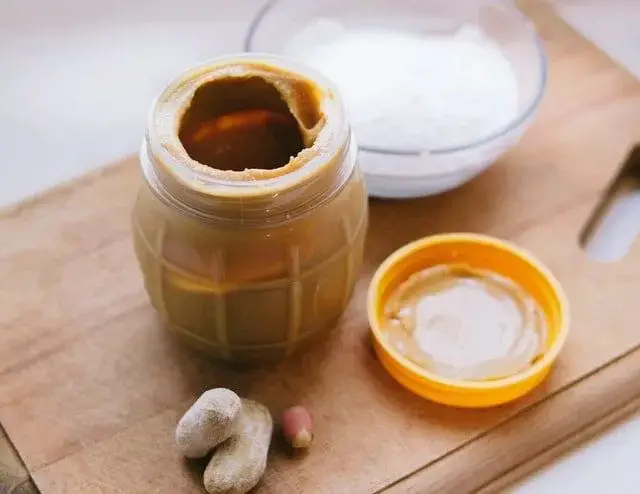
Homemade peanut butter
Peanut butter and dogs are buddies. So if you have a food processer at home, preparing peanut butter for your dog at home is the best option. This way, you can stay away from xylitol, harmful fats, Aflatoxins, Glyphosate and unbalanced fats.
Preparation directions
- Take 1 to 2 cups of unsalted, roasted peanuts.
- Add 1 tsp. Honey or molasses if needed.
- Put the ingredients in a food processor or high-speed blender.
- Process the peanuts until the butter reaches the desired consistency.
- Peanuts go through different stages in the blending process. From whole nuts, they become crushed blobs, which then become a peanut butter paste. It takes approximately 3 minutes for the oils to release and to convert the peanut butter paste to actual peanut butter. So you now have a smooth peanut butter.
- To get crunchy peanut butter, add ½ cup of finely chopped, unsalted, roasted peanuts to the prepared peanut butter.
- Refrigerate the prepared peanut butter in an air tight container.
Can dogs eat crunchy peanut butter?
Yes, dogs can eat crunchy peanut butter. Dogs eat crunchy peanut butter the same way it does creamy peanut butter. So your dogs will enjoy both the variety. Feed your dog with each variety and observe their intake. You will know their liking and feed your furry friend with their favorite.
Because both crunchy and creamy peanut butter has pretty much the same caloric value, ingredients and impacts, they are much the same. Can dogs eat creamy or crunchy peanut butter? The answer is based on what your dog likes the most.
Ways to treat your dogs with peanut butter
Your dogs love treats and you love to spoil them with treats. Peanut butter can be the best treat for your pet doggie. Many a time peanut butter can become the best bribe for your pet and here are some innovations to it.
Medication made fun
peanut butter can make the tedious job of giving medications like pills and capsules much easier. Hide the pill or capsule that your dog hates inside peanut butter and try giving them. Most of the dogs gulp down the combo happily thinking that they are being treated.
Bath time fun
many dogs hate their bath time and you might have a tough time convincing them. Peanut butter can come in handy in this situation. Coat the wall of the bathtub or shower with a little peanut butter. Because your pooch is busy licking their peanut butter treat, so you can complete their bath.
Play time fun
Fill a hollow bone with peanut butter and treat your pet. They can spend hours enjoying their treat. But have an eye on them as they might swallow some small bones.
Coat the resting mat of your furry pet with peanut butter and freeze for 2 to 3 hours. They will enjoy licking them until they have finished their luscious treat completely.
Dogs can eat natural peanut butter as a treat. But remember the 10% rule while you feed your dog with pent butter. Because of the high caloric content in peanut butter, less is more for your gods. Look for xylitol in peanut butter and strictly stay away from them. With an awareness of your dog’s medical condition, so you can treat your favorite pet dog with their favorite treat. So dogs and peanut butter are best buddies when given the right quantity under guidance and monitoring. However, look for allergies if any after consumption and consult your vet if needed. Look carefully for the ingredients in your peanut butter before treating your dogs.
Credit: Photos by Olia Naida and Isai Dzib on unsplash.
